Kasabach Merritt Syndrome In Adults
Kasabach merritt syndrome in adults. We would like to thank Gözdaşoğlu for showing interest in our report of adult Kasabach-Merritt syndrome KMS. KMS is most commonly reported in infants and young children. Kasabach-Merritt syndrome in an adult.
Epub 2019 May 28. Related to this article I would like to add that Özsoylu 2 reported megadose methylprednisolone MDMP treatment for different hematological conditions including hemangiomas infantile hemangiomatosis and Kasabach-Merritt syndrome. History Visible cutaneous blue violaceous or reddish-brown lesions are often the presenting features in patients with Kasabach-Merritt syndrome KMS.
They are generally asymptomatic but giant hemangiomas can lead to abdominal discomfort bleeding or obstructive symptoms. It usually manifests as disseminated intravascular coagulation and severe bleeding and is associated with high mortality. Hemangiomas are the most common benign tumors of the liver.
However several case reports in adult literature describe a KasabachMerrittlike phenomenon occurring in the setting of giant hepatic hemangiomas which resolves with either resection or liver transplantation. Kasabach-Merritt syndrome in adult. Kasabach-Merritt syndrome KMS is a rare disease that mainly occurs in infants and adolescents.
More than 80 of Kasabach-Merritt syndrome cases occur within the first year of life. Here we report a rare case of adult KMS in a 47-year-old woman giving rise to severe thrombocytopenia and bleeding. KMS occurs most commonly in the pediatric population and its occurrence in adults is rare.
The Kasabach-Merritt syndrome KMS was first described in 1940 in a male infant with a large rapidly enlarging discolored lesion on his thigh that. Kasabach-Merritt syndrome is an uncommon complication reported in certain rare vascular tumours in children with only a few cases reported in adults. It is characterized by a coagulopathy with features including profound low platelets thrombocytopenia low fibrinogen hypofibrinogenemia and low level of red blood cells anemia.
Kasabach-Merritt syndrome KMS is characterized by capillary hemangiomas and consumptive thrombocytopenia and coagulopathy and may also be associated with microangiopathic hemolysis 1. Kasabach-Merritt syndrome also known as hemangioma thrombocytopenia syndrome is a rare life-threatening disease found in infants in which a rapidly growing vascular tumor is responsible for thrombocytopenia microangiopathic hemolytic anemia and consumptive coagulopathy.
Kasabach-Merritt syndrome is a rare but life-threatening complication of hemangioma characterized by consumptive coagulopathy with large vascular tumors.
Several large pediatric case series have argued that the KasabachMerritt syndrome only occurs in patients with kaposiform hemangioendotheliomas or tufted angiomas. Several large pediatric case series have argued that the KasabachMerritt syndrome only occurs in patients with kaposiform hemangioendotheliomas or tufted angiomas. However there are few reports of Kasabach-Merritt syndrome with giant hepatic hemangioma in adults and as far as we know no reports of Kasabach-Merritt syndrome with hepatic hemangioma treated with first line medical treatment only. Kasabach-Merritt syndrome in an adult. Kaposiform hemangioendothelioma KHE and tufted angioma TA. Kasabach-Merritt syndrome also known as hemangioma thrombocytopenia syndrome is a rare life-threatening disease found in infants in which a rapidly growing vascular tumor is responsible for thrombocytopenia microangiopathic hemolytic anemia and consumptive coagulopathy. Related to this article I would like to add that Özsoylu 2 reported megadose methylprednisolone MDMP treatment for different hematological conditions including hemangiomas infantile hemangiomatosis and Kasabach-Merritt syndrome. It is characterized by a coagulopathy with features including profound low platelets thrombocytopenia low fibrinogen hypofibrinogenemia and low level of red blood cells anemia. KMS occurs most commonly in the pediatric population and its occurrence in adults is rare.
History Visible cutaneous blue violaceous or reddish-brown lesions are often the presenting features in patients with Kasabach-Merritt syndrome KMS. It usually manifests as disseminated intravascular coagulation and severe bleeding and is associated with high mortality. KMS is most commonly reported in infants and young children. We would like to thank Gözdaşoğlu for showing interest in our report of adult Kasabach-Merritt syndrome KMS. It is characterized by a coagulopathy with features including profound low platelets thrombocytopenia low fibrinogen hypofibrinogenemia and low level of red blood cells anemia. Epub 2019 May 28. Kasabach-Merritt syndrome is a rare but life-threatening complication of hemangioma characterized by consumptive coagulopathy with large vascular tumors.



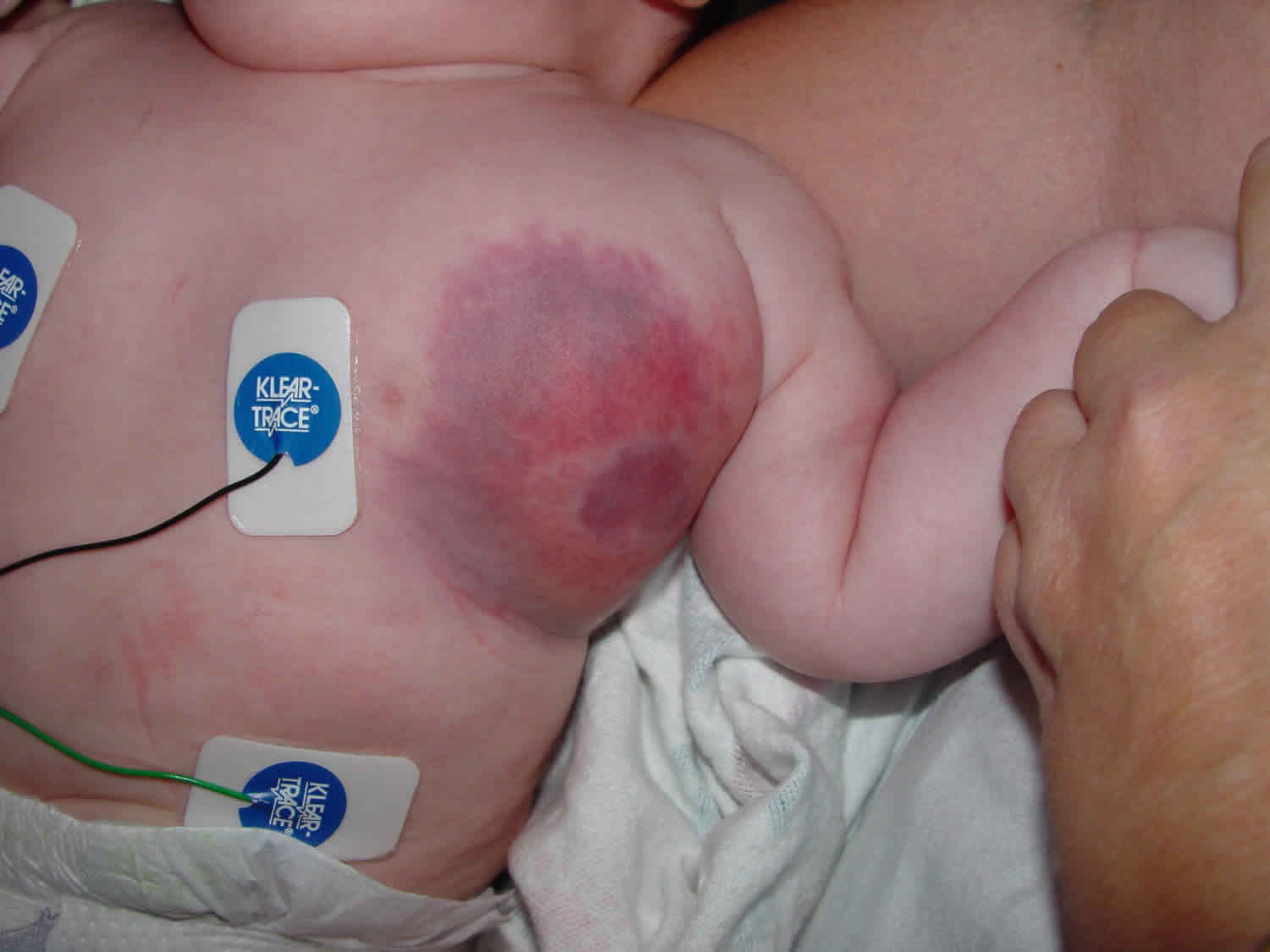


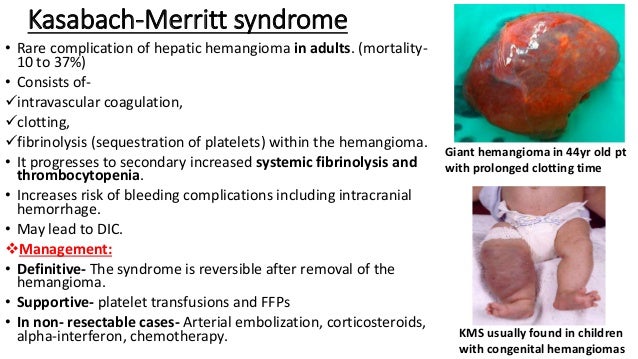

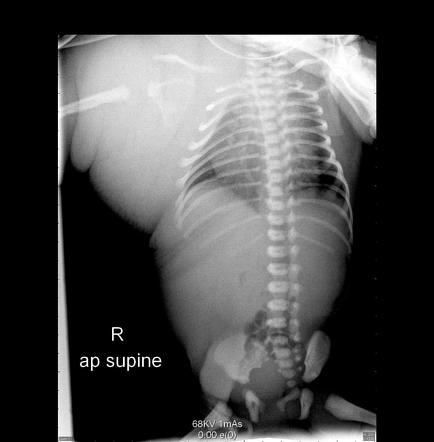




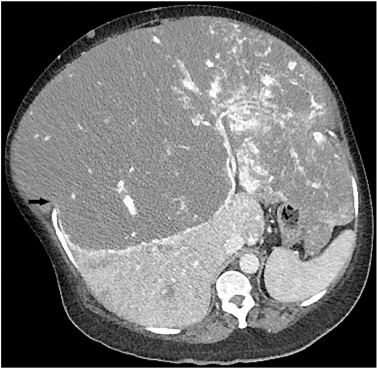

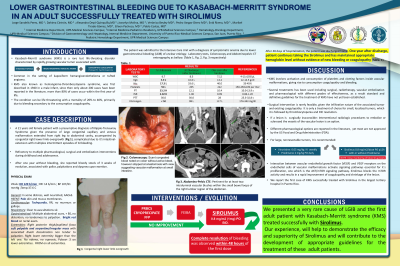

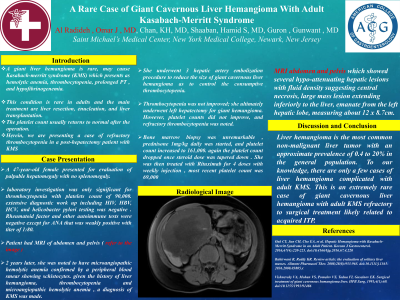






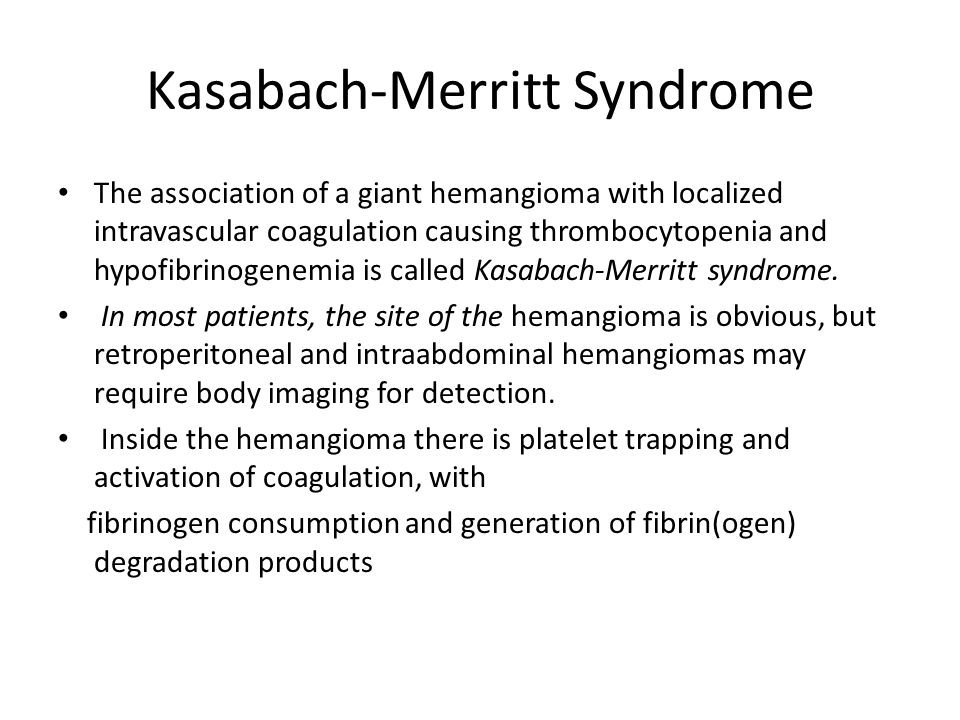



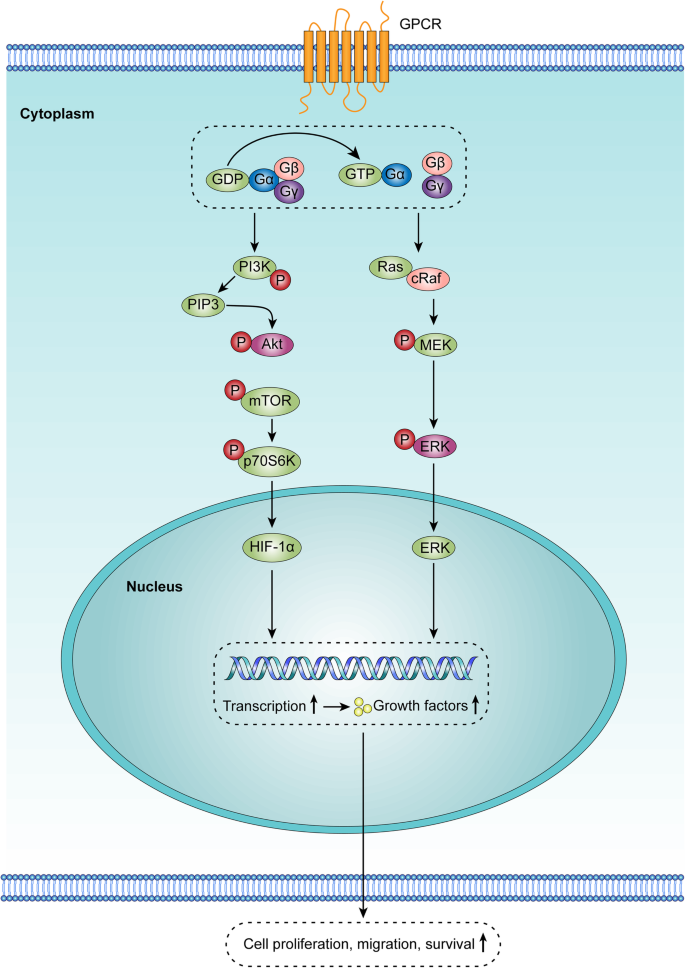
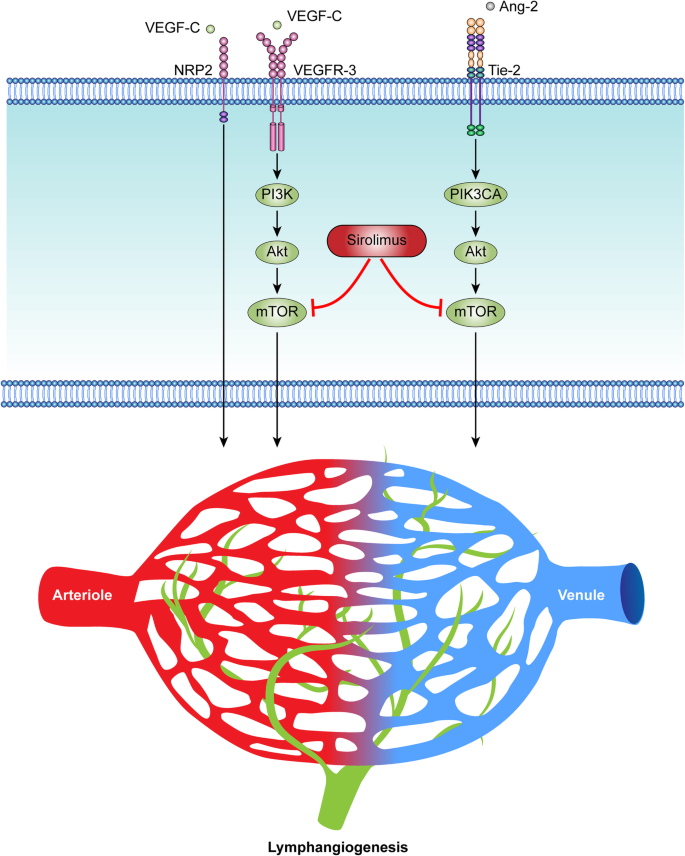



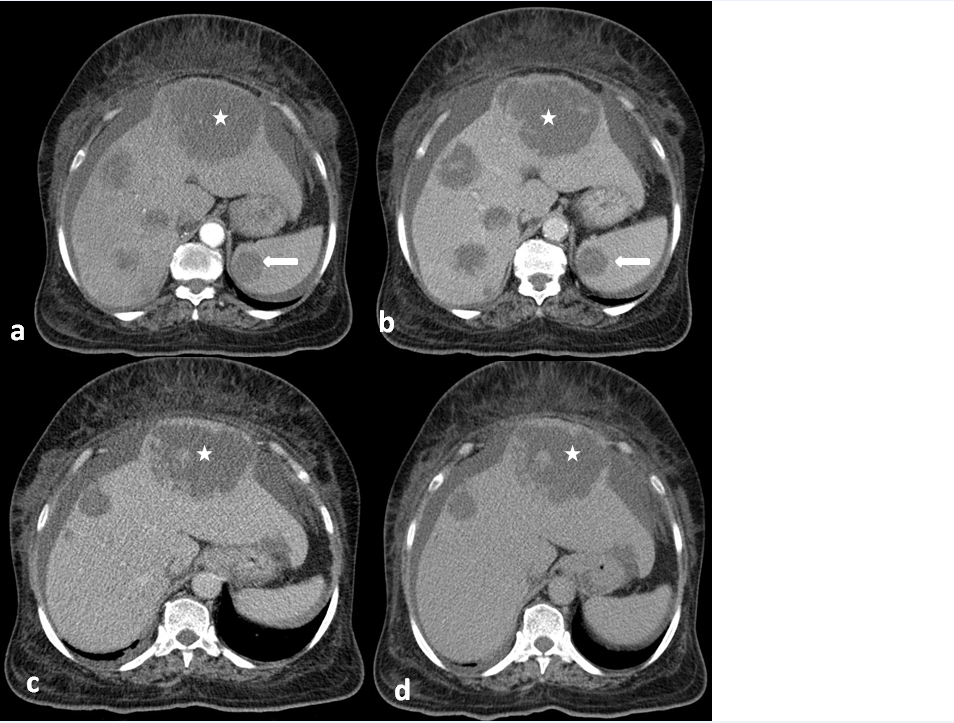

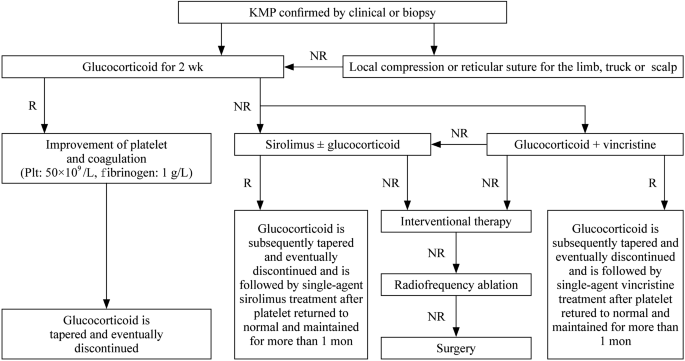





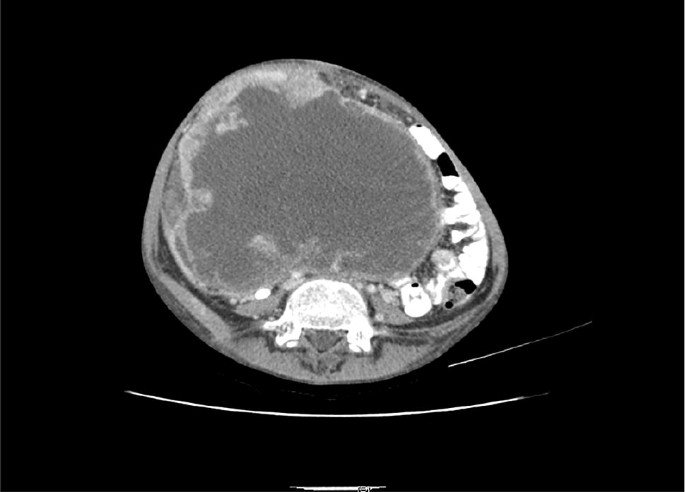
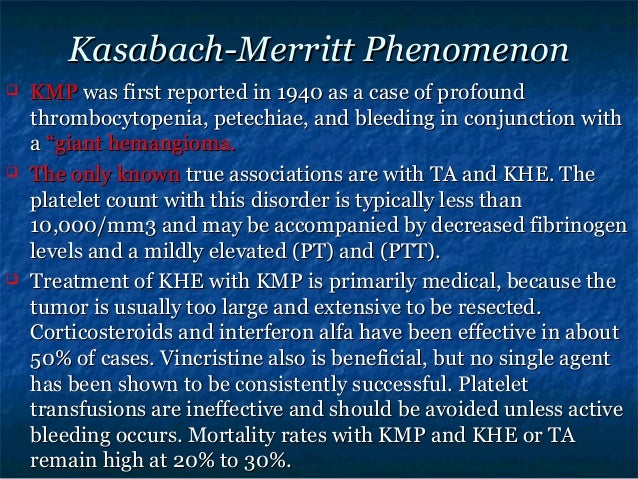
Posting Komentar untuk "Kasabach Merritt Syndrome In Adults"